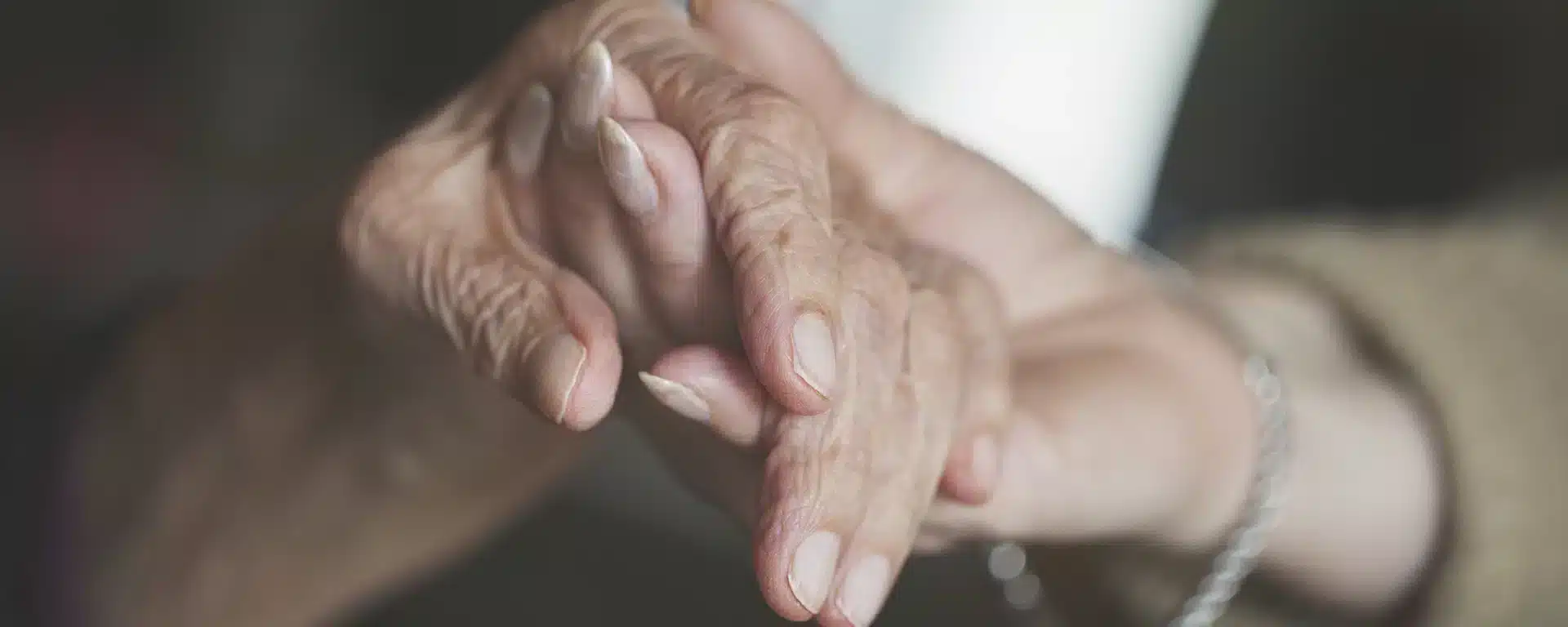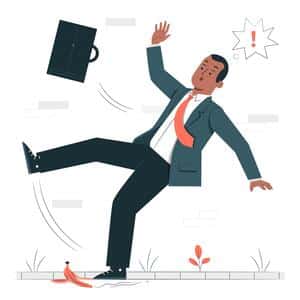The Cost of Falls Among Older Adults in Canada
With November being Fall Prevention Month, it is important to understand the gravity of falls among older adults over the age of 65. Falls are a significant concern for older adults in Canada. Not only are they the number one reason for injury-related deaths, hospitalizations, and emergency department visits, but they also cost the healthcare system billions of dollars each year. “70% of older adults who suffered a fall-related injury sought medical attention, among whom 72% received Emergency Department treatment” – Public Health Agency of Canada. With the proportion of Canadians aged 65 or older projected to increase over the coming years, it’s more important than ever to understand the impact falls have on our aging population and take proactive measures to prevent them. In addition to the physical dangers posed by falls, older adults may also experience a decline in their quality of life and social isolation. It is essential to emphasize the importance of fall prevention to ensure these adults can lead healthy and active lives.
Understanding the Risks and Consequences of Falls in Older Adults
Falls among older adults can have serious risks and consequences that go beyond just physical injuries. More than 1 in 3 people over 65 will fall every year. The impact of a fall can lead to a decline in an individual’s overall quality of life. Older adults who experience falls often develop a fear of falling again, which can limit their activities and lead to social isolation. They may lose their confidence and independence, relying more on others for assistance.
In addition to the emotional toll, falls can also have a significant financial cost. Medical expenses, rehabilitation services, and potential long-term care can be financially burdensome for older adults and their families. This financial strain can further add to the stress and anxiety caused by the fall. Understanding the risks and consequences of falls in older adults is crucial to prevent these incidents from occurring. By promoting fall prevention measures and creating safer environments, we can help aging adults maintain their independence and lead healthy and active lives.
The Financial Cost of Falling
In 2018, “falls among older adults cost a staggering $5.6 billion, which is nearly 20% of the total cost of injury in Canada”. This includes costs associated with hospitalization, emergency room visits, long-term care, and home care services. The financial burden falls not only on the health care system but on individuals and families as well. The financial burden of falls can cause added stress and anxiety for older adults and their loved ones. It is important to recognize and address the financial costs of falling in order to prevent falls from occurring and to ensure that older adults have the necessary support and resources to lead healthy and independent lives.
Falls among older adults have a hefty financial price tag. The medical expenses associated rehabilitation services, such as physical therapy, occupational therapy, long-term care such as nursing home or assisted living facility placement may be necessary to aid in recovery and regain mobility. These care options often come with steep costs that many older adults and their families may not be prepared for.
The Emotional cost of a fall
Falls among older adults not only have physical consequences but also take a significant toll on their emotional well-being. After a fall, older adults often experience feelings of fear, anxiety, and a loss of confidence in their own abilities. They may become hesitant to engage in activities they once enjoyed, leading to social isolation and a decline in their overall quality of life. The emotional impact of a fall can be profound, affecting their mental health and sense of self.
The Physical cost of a fall
In addition, falls also have a physical toll on older adults. Depending on the severity of the fall, they may sustain injuries such as fractures, head trauma, or sprains. These injuries can be painful and may require a lengthy recovery process, leading to a loss of mobility and independence. The physical cost of a fall can hinder older adults from carrying out their daily activities, impacting their overall health and well-being.
Recognizing the emotional and physical cost of falls is crucial in promoting fall prevention among older adults. By creating safe environments, providing education and support, and implementing fall prevention strategies, we can help older adults maintain their emotional well-being and physical independence. It is important to prioritize fall prevention efforts to ensure that older adults can live their lives to the fullest and without the fear of falling. One simple method of ensuring your older loved one is safe in their home is by following a fall prevention checklist. By going through each room, you can help eliminate any safety hazards that increase the likelihood of falls.
Factors that Increase the Risk of Falls in Older Adults
As we strive to prevent falls among older adults, it is crucial to understand the factors that increase their risk. One key factor is age itself, as the risk of falls tends to increase with age. Older adults may experience changes in balance, muscle strength, and coordination, making them more susceptible to falls. Medical conditions also play a role in increasing the risk of falls. Chronic conditions such as arthritis, diabetes, and Parkinson’s disease can affect mobility and balance, increasing the likelihood of a fall. Medications, particularly those that cause dizziness or drowsiness, can further heighten the risk. Environmental factors are another consideration. Cluttered walkways, slippery surfaces, poor lighting, and lack of handrails or grab bars can all contribute to falls among older adults. By understanding these factors, we can better identify and address the specific needs of older adults to prevent falls and ensure their safety and well-being.
Falls among older adults are a significant problem in Canada, both in terms of cost and impact on individuals and families. A proactive approach that focuses on creating safer environments, raising awareness, and addressing the physical and emotional aspects of aging is needed to prevent falls. By working together we can reduce the financial burden of falls on the healthcare system and improve the quality of life for older adults across the country.






